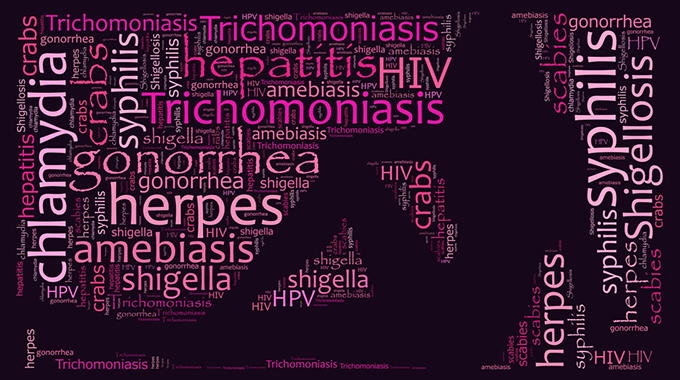
The ManicaPost

Dr Tendai Zuze Matters of Health
THIS being the month of love, I thought I would dwell on an unwanted consequence of love which is sexually transmitted infections (STIs). You may be wondering if some symptoms you have are from an STI.
It’s worth remembering, though, that STI symptoms aren’t always obvious. For the avoidance of doubt, below are some common STIs and their symptoms.
Chlamydia is a bacterial infection of your genital tract. Chlamydia may be difficult for you to detect because early-stage infections often cause few or no signs and symptoms. When they occur, they usually start one to three weeks after you’ve been exposed to Chlamydia. Even when signs and symptoms do occur, they’re often mild and passing, making them easy to overlook.
Signs and symptoms may include:
- Painful urination
- Lower abdominal pain
- Vaginal discharge in women
- Discharge from the penis in men
- Pain during sexual intercourse in women
- Testicular pain in men
Gonorrhoea is a bacterial infection of your genital tract. The first gonorrhoea symptoms generally appear within two to 10 days after exposure. However, some people may be infected for months before signs or symptoms occur.
Signs and symptoms of gonorrhoea may include:
- Thick, cloudy or bloody discharge from genitals
- Pain or burning sensation when urinating
- Abnormal menstrual bleeding
- Painful, swollen testicles
- Painful bowel movements
- Anal itching
Trichomoniasis is a common STI caused by a microscopic, one-celled parasite called Trichomonas vaginalis. This organism spreads during sexual intercourse with someone who already has the infection. The organism usually infects the urinary tract in men, but often causes no symptoms in men. Trichomoniasis typically infects the vagina in women. When trichomoniasis causes symptoms, they may range from mild irritation to severe inflammation.
Signs and symptoms may include:
- Clear, white, greenish or yellowish vaginal discharge
- Discharge from the penis
- Strong vaginal odour
- Vaginal itching or irritation
- Itching or irritation inside the penis
- Pain during sexual intercourse
- Painful urination
Genital herpes is highly contagious and caused by a type of the herpes simplex virus (HSV). HSV enters your body through small breaks in your skin or mucous membranes. Most people with HSV never know they have it, because they have no signs or symptoms. The signs and symptoms of HSV can be so mild they go unnoticed.
When signs and symptoms are noticeable, the first episode is generally the worst. Some people never experience a second episode. Other people, however, can experience recurrent episodes over a period of decades.
Genital herpes signs and symptoms may include:
- Small, red bumps, blisters or open sores (ulcers) in the genital, anal and nearby areas
- Pain or itching around the genital area, buttocks and inner thighs
The initial symptom of genital herpes usually is pain or itching, beginning within a few weeks after exposure to an infected sexual partner. After several days, small, red bumps may appear. They then rupture, becoming ulcers that ooze or bleed. Eventually, scabs form and the ulcers heal. In women, sores can erupt in the vaginal area, external genitals, buttocks, anus or cervix. In men, sores can appear on the penis, scrotum, buttocks, anus or thighs, or inside the urethra, the tube from the bladder through the penis.
While you have ulcers, it may be painful to urinate. You may also experience pain and tenderness in your genital area until the infection clears. During an initial episode, you may have flu-like signs and symptoms, such as headache, muscle aches and fever, as well as swollen lymph nodes in your groin. In some cases, the infection can be active and contagious even when sores aren’t present. Genital warts, caused by the human papillomavirus (HPV), are one of the most common types of STDs.
- The signs and symptoms of genital warts include:
- Small, flesh-coloured or grey swellings in your genital area
- Several warts close together that take on a cauliflower shape
- Itching or discomfort in your genital area
- Bleeding with intercourse
Often, however, genital warts cause no symptoms. Genital warts may be as small as 1 millimetre in diameter or may multiply into large clusters. In women, genital warts can grow on the vulva, the walls of the vagina, the area between the external genitals and the anus, and the cervix. In men, they may occur on the tip or shaft of the penis, the scrotum, or the anus.
If you are worried about a possible STI please see your doctor.



